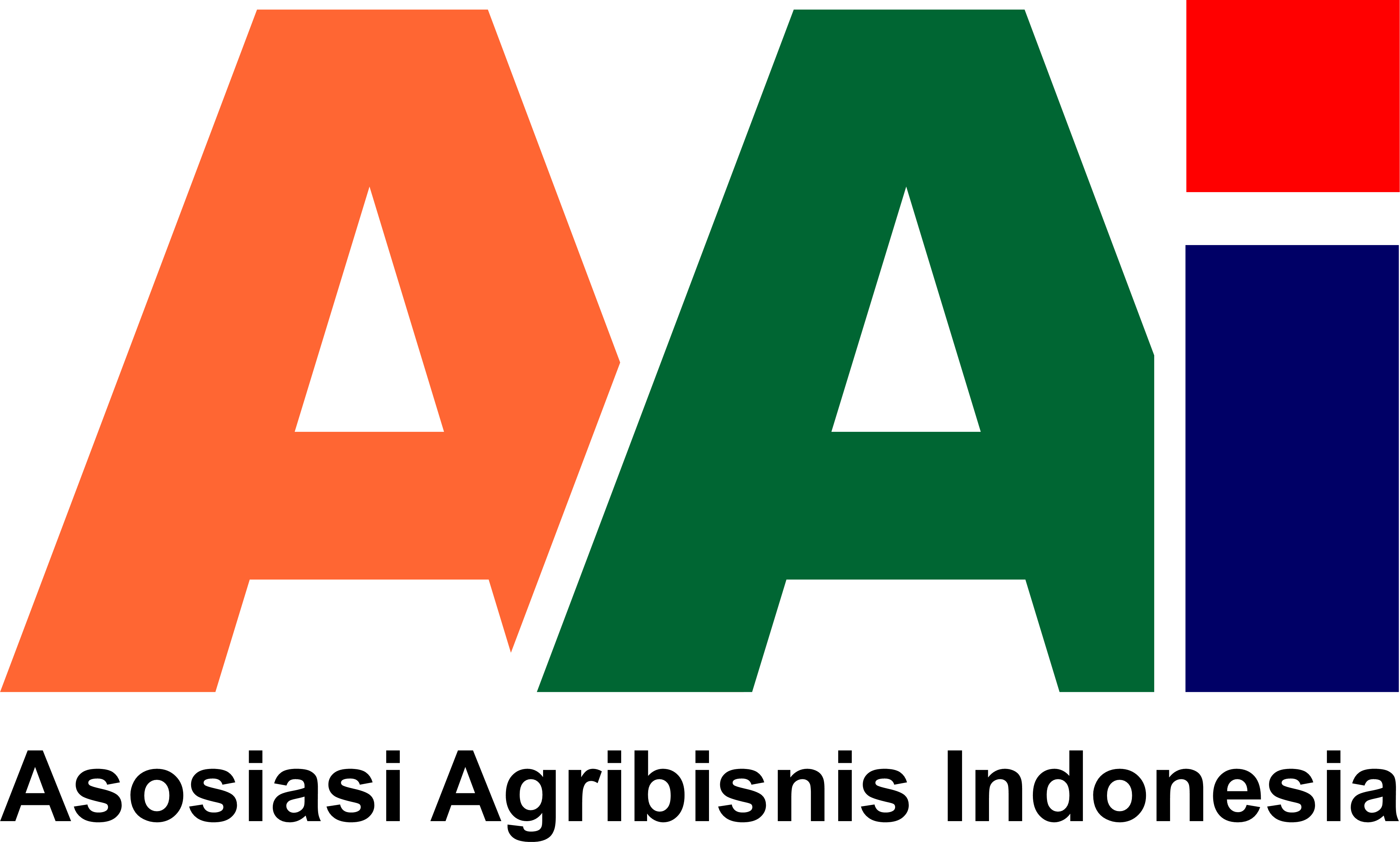PENERAPAN MODEL PENYESUAIAN PARSIAL NERLOVE DALAM PROYEKSI PRODUKSI DAN KONSUMSI BERAS
Abstract
Supply and demand response model of agricultural products to the lagged variablesas explanatory variables often cause serious multi-colinearity among those variables.
This condition could reduce the efficiency of parameter estimates and then affected
the effectiveness of the whole model. Own and cross price elasticity of each
parameter estimate computed from this response model will be definitely bias, so that
any projection made from a bias model will not accurate. If policy implication is
drowns from this response model then one will find this may not be useful. Therefore,
any researcher that interested in this subject should find other technique in order to
find better parameter estimates and more accurate projections. One of the most
suitable techniques is the application of partial adjustment Nerlove model. This
adjustment model is very popular in the study of supply response. Nevertheless, this
approach could reduce any bias in the computation of elasticity of parameter
estimate of each explanatory variable that will be used in projection. In respect to this
approach, adjustment model also exercised in the estimation of parameter of
demand response model.
Downloads
Download data is not yet available.
How to Cite
OKA ADNYANA, MADE.
PENERAPAN MODEL PENYESUAIAN PARSIAL NERLOVE DALAM PROYEKSI PRODUKSI DAN KONSUMSI BERAS.
SOCA: Jurnal Sosial Ekonomi Pertanian, [S.l.], nov. 2012.
ISSN 2615-6628.
Available at: <https://ojs.unud.ac.id/index.php/soca/article/view/4036>. Date accessed: 17 dec. 2025.
Section
Articles
Keywords
Partial Adjustment Response Model, Estimation Bias and Projection












